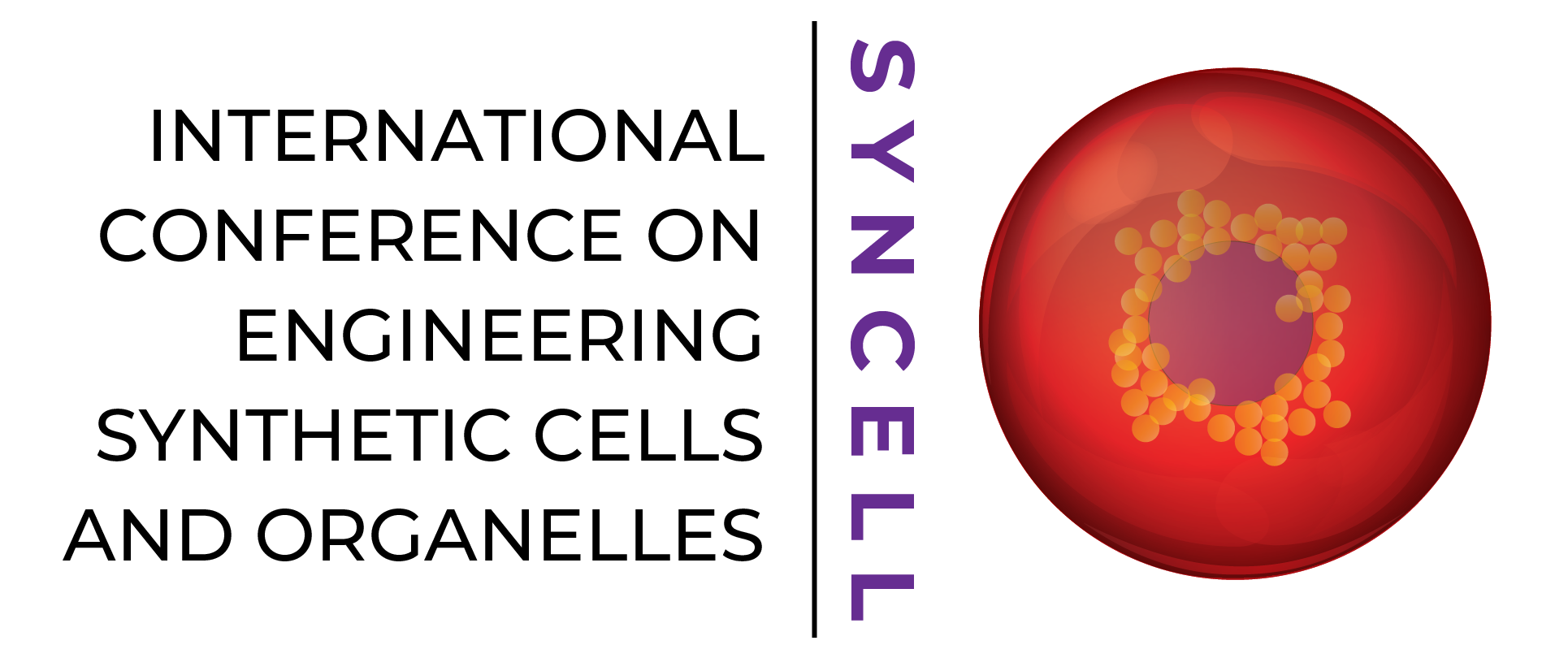
Creating Biomimetic Interfaces Using the Cell-Free Synthesis of Transmembrane Proteins
Presented by: Zachary Manzer
Cornell University
Contributed Talk
Abstract
ZACHARY MANZER
Title: Creating Biomimetic Interfaces Using the Cell-Free Synthesis of Transmembrane Proteins
Zachary A. Manzer1, Surajit Ghosh1, Miranda L. Jacobs2,3, Neha P. Kamat2,4, Susan Daniel1
1. R.F. School of Chemical and Biomolecular Engineering, Cornell University, Ithaca, NY USA
2. Department of Biomedical Engineering, Northwestern University, Evanston, IL USA
3. Interdisciplinary Biological Sciences Program, Northwestern University, Evanston, IL USA
4. Center for Synthetic Biology, Northwestern University, Evanston, IL USA
Supported lipid bilayers (SLBs) hold tremendous promise as cellular-mimetic structures that can be readily interfaced with analytical and screening tools. The incorporation of transmembrane proteins, a key component in biological membranes, is a significant challenge that has limited the capacity of SLBs to be used for a variety of biotechnological applications. Towards developing this biomimetic interface, we describe an approach using a cell-free expression system for the co-translational insertion of membrane proteins into hybrid supported lipid bilayers (HSLBs) containing phospholipids and diblock copolymers. We use cell free expression techniques and a model transmembrane protein, the Large conductance mechanosensitive channel (MscL), to demonstrate two routes to integrate a channel protein into a HSLB. We show that HSLBs can be assembled with integrated membrane proteins by either co-translational integration of protein into hybrid vesicles, followed by fusion of these proteoliposomes to form a HSLB, or preformation of a HSLB followed by the cell-free synthesis of the protein directly into the HSLB. Both approaches lead to the assembly of HSLBs with oriented proteins. Notably, using single-particle tracking, we find that the presence of diblock copolymers facilitates membrane protein mobility in the HSLBs, a critical feature that has been difficult to achieve in pure lipid SLBs. The approach presented here to integrate membrane proteins directly into preformed HSLBs using cell-free co-translational insertion is an important step toward enabling many biotechnology applications, including biosensing, drug screening, and materials platforms requiring cell membrane-like interfaces that bring together the abiotic and biotic worlds and rely on transmembrane proteins as transduction elements.
